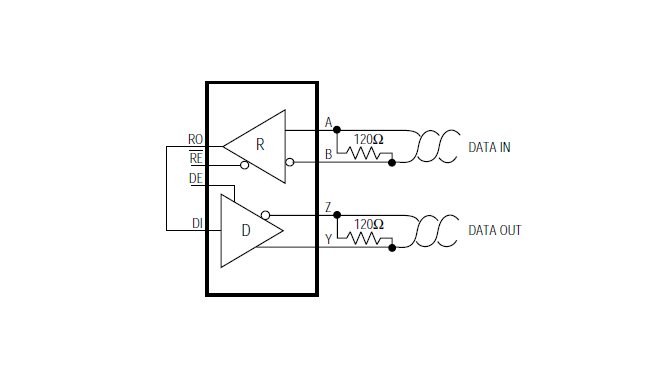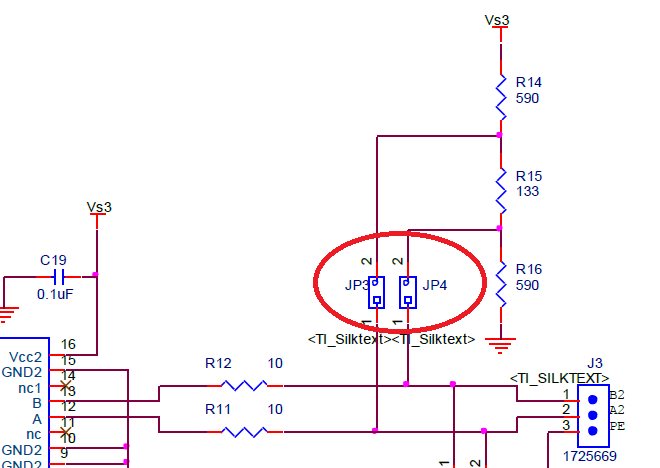Other Parts Discussed in Thread: THVD1451, THVD1500, THVD1550, THVD1551, ISO3082
Hi Team,
We are planning to use TI's SN75178B RS485 Repeater in our design.
We are developing a RS485 Multi-drop board design. So we have few clarifications with respect to the above mentioned part:
- Whether we can use SN75178B without any issues ? If so, how many repeater ICs we need per board for bi-directional communication (considering 20 RS485 slaves per board) ?
- Is there application note available for this part or for any other RS485 Repeater from TI ?
- Please suggest if any other better part is available with TI
Our requirements are as below:
Application: Sensor data transmission
Channel: 1/1 (1 driver, 1 receiver)
Communication: Full Duplex
Data rate: 10 Mbps
Length: around 100 feet
DRIVER/RECEIVER ENABLE: Optional
Best Regards,
Madhusoodana Bairy



